TAKING THE TIME TO TAG IT
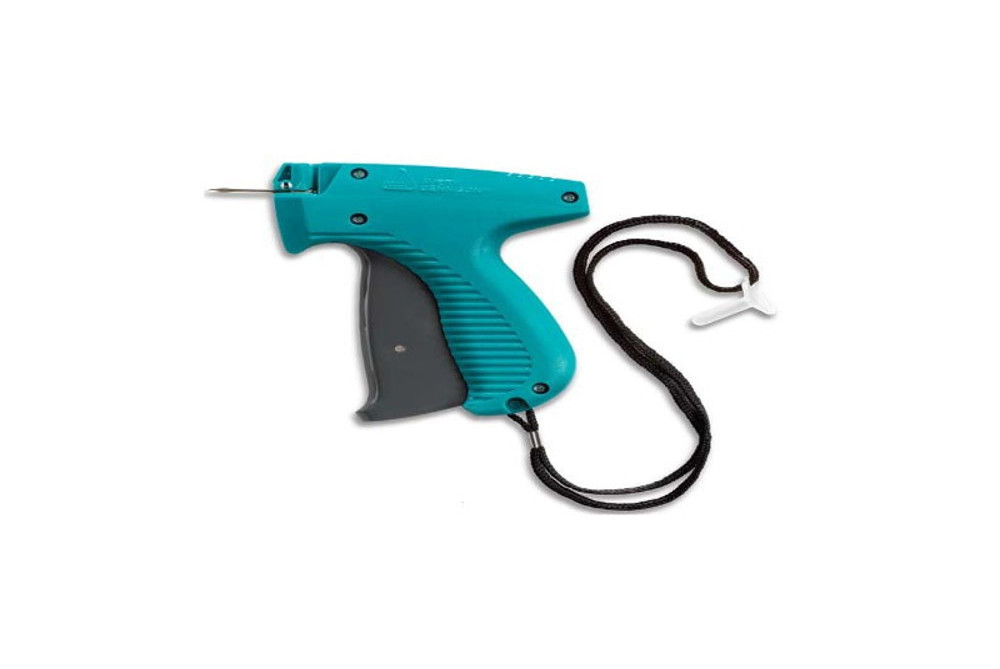
Many vintage clothing retailers, thrift stores and consignment shops use a variety of methods to tag their clothing items.
However, if you are tagging your own clothing to send to a consignment or drop off at your local thrift store, it is good to follow some best practice rules to avoid having to retag your clothing before they will accept them. So if you are using this time-saving gadget, you may want to pick up on a couple of methods that may save you time in the grand scheme of things.
And by the way, who wants to be given a box of safety pins to tag their clothing?
One of the best practices when using any of the tagging guns would be to always remember to use a fine point needle and tag your clothing items somewhere under the armpit of the clothes. Remember when you use a fine needle it will leave the most discreet hole in the garment, and bear in mind that you do want minimal damage to be done to the items receiving the tags.
When a tagger uses finer needles, they are known to work well on fabrics such as linen and other delicate materials. However, the biggest caveat to using a specific needle is that they are not interchangeable with any other gun. Meaning, that if you are using fine-gauge attachments then you can only use them in a fine gauge gun and the same is true if you are using standard attachments---they are only going to be indigenous to a standard gauge gun. And when browsing through some consignment shops, you will find that they are more prone to use a slightly longer needle when tagging items such as heavy sweatshirts, sets of bath towels, bulky bundles of socks, and or pieces of furniture such as sofas and loveseats.
Some taggers make it a practice to double barb their tags to prevent them from falling off. And most taggers state that they will prefer the shorter 1-inch tags because the longer the barb, the more increased chance you have of it falling off of the garment.
Retail industries are not the only ones who are privy to the convenience of a tagging gun. You may be surprised to know that these handy gadgets are also quite popular in the automotive industry. There is a tagging gun that generates a buttoner tool-type fastener. The top of the gun resembles a pair of scissors because of the way the user has to grip the gun. And is the most comfortable design especially if the user has a high-volume of work that must be done over an extended period of time.
This buttoner type gun is used to attach spacers inside the weather stripping on car doors and other fast or close-fitting lines of work that require tagging. These buttoner fasteners come in a variety of colors and sizes that the consumer can purchase. They will range anywhere from ¼ of an inch in diameter all the way to 3/8’s of an inch depending on what purpose you may be using them for. And you can purchase them in bulk form just as you would your fasteners for your standard and fine-gauge guns.
So, if you are in the tagging business or you are in the habit of constantly sending clothes to the consignment shops and you have grown weary of tagging your items with the little copper safety pins---then you will want to purchase yourself a tagging gun and save yourself the tedious task of opening and closing innumerable amounts of safety pins before taking your garments to the retail shop.



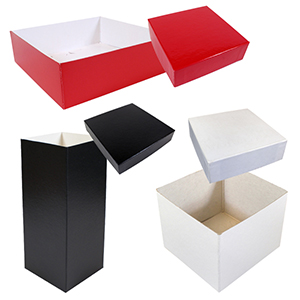
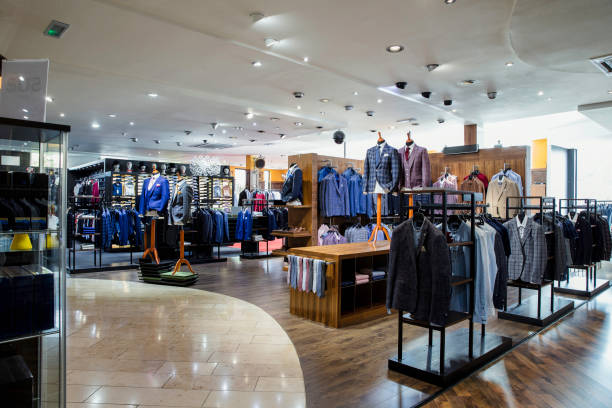
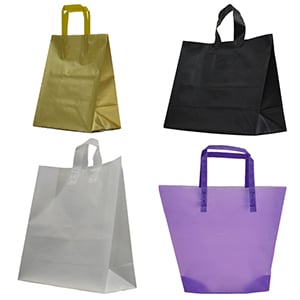
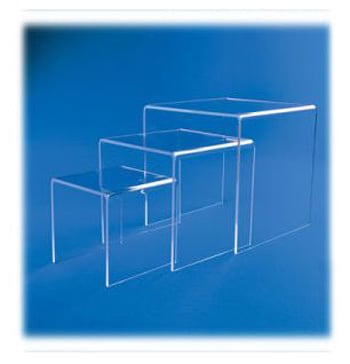


Validate your login